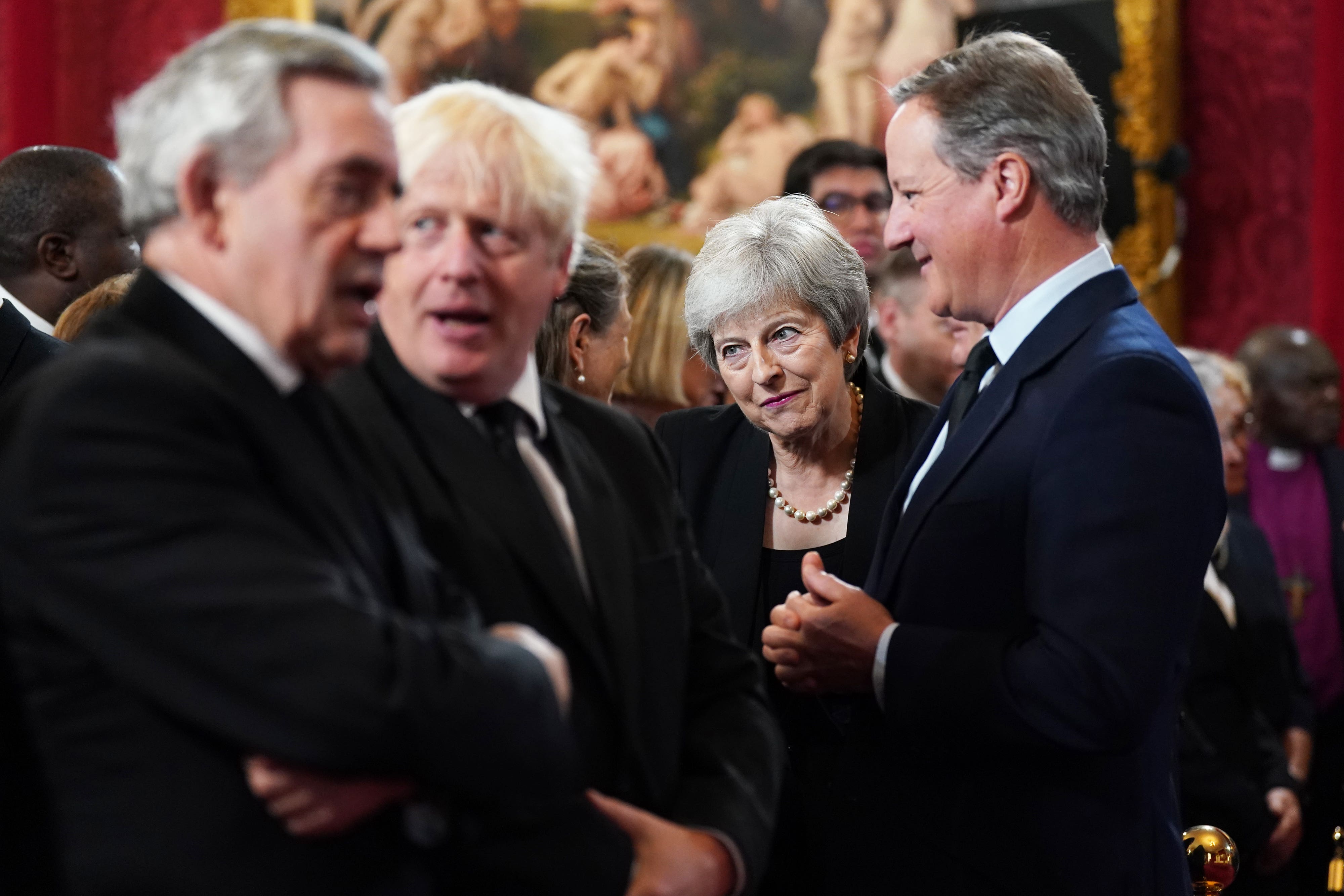UK gets fifth prime minister in just over six years
The turnover of prime ministers has speeded up in recent decades.

Rishi Sunak will be the UK’s fifth prime minister in just over six years – the fastest turnover in new occupants of 10 Downing Street for nearly a century.
Since the summer of 2016, the country has seen the last weeks of David Cameron’s premiership, the start and end of first Theresa May then Boris Johnson’s time as PM, and now the entirety of Liz Truss’ brief stint in the top job, with Mr Sunak due in place this week.
There was a similarly rapid turnover in the 1970s, but of the four prime ministers in office at some point during the period 1974 to 1979 – Edward Heath, Harold Wilson, Jim Callaghan and Margaret Thatcher – Wilson had already served as PM for much of the 1960s.
To find a comparable turnover of new prime ministers, it is necessary to go back almost 100 years.
The period from summer 1922 to the end of 1924 saw four different people hold the post of prime minister, all doing the job for the first time.
It began with David Lloyd George (Liberal), who was coming to the end of a long spell as prime minister; followed by Andrew Bonar Law (Conservative) who resigned after only a few months due to illness; then Stanley Baldwin (Conservative) who lasted only a few months before failing to win a majority at a general election; and finally Ramsay MacDonald (Labour) who led a short-lived minority government.
Turnover of prime ministers in the UK has speeded up in recent decades.
In just over 15 years since the summer of 2007, Downing Street will have welcomed six different PMs: Gordon Brown, David Cameron, Theresa May, Boris Johnson, Liz Truss and Rishi Sunak.
But in the 28 years between 1979 and 2007, only three people held the top job: Margaret Thatcher, Sir John Major and Sir Tony Blair.
The UK will have seven living ex-prime ministers for the first time in modern history when Liz Truss stands down.
The number of surviving former PMs has more than doubled in the past 15 years.
When Mr Brown became prime minister in 2007, only his three immediate predecessors were still alive.
The increase reflects both the rapid turnover of PMs in recent years and the age of those who have held the office.
Of the soon-to-be seven living ex-PMs, three are still under 60: Boris Johnson, aged 58; David Cameron, 56; and Liz Truss, 47.
Two are still under 70: Sir Tony Blair (69) and Theresa May (66).
Gordon Brown is 71 and Sir John Major is 79.
With the next general election due no later than January 2025, a Conservative defeat at the polls could see this group grow even further, from seven to eight.
Bookmark popover
Removed from bookmarks